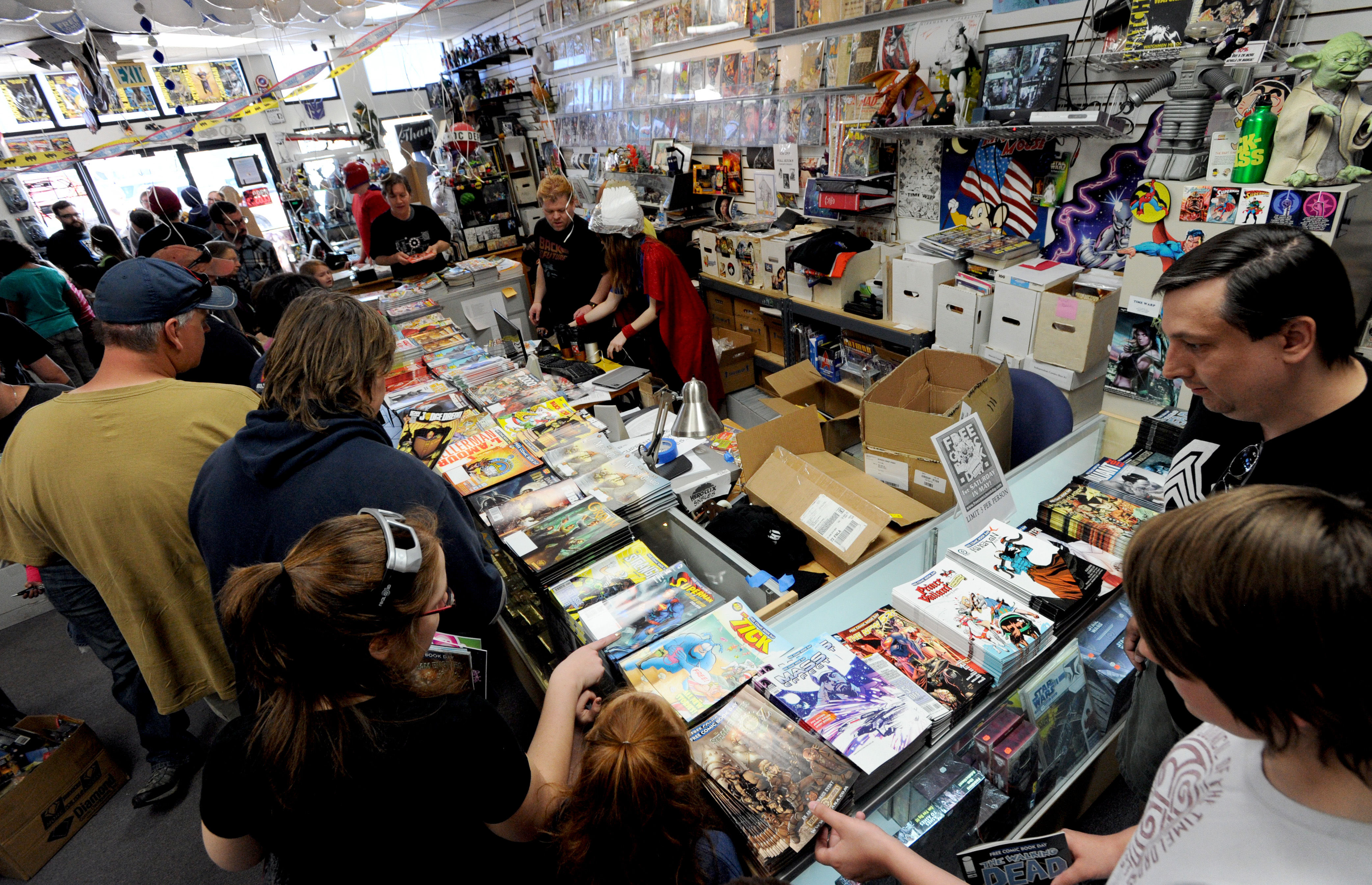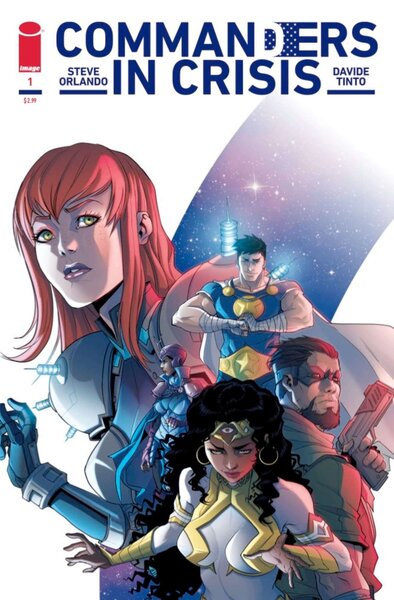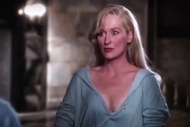Create a free profile to get unlimited access to exclusive videos, sweepstakes, and more!
Comics fans, where do your loyalties lie?

As a comics fan, do you follow the creator or the character?
Doing both is perfectly reasonable. I mean, it takes a lot for me not to read a Spider-Man comic, no matter who's writing or drawing it. (But, for the record, I'm loving Nick Spencer's current run on Amazing.) I'm certain there are just as many people who buy all the X-Men titles due to their love of those characters as there are people buying them because Jonathan Hickman is conducting his master mutant plan at the moment.
Then again, writers like Steve Orlando and Donny Cates seem to have inspired such a passionate fanbase that they can count on their support for their work-for-hire projects and their creator-owned books. Orlando is already proving that he made the right choice by going freelance after his exclusive contract with DC expired. His new Image series Commanders in Crisis (co-created with artist Davide Tinto) is debuting next month with a print run of 50,000. That's a spectacular number for an indie superhero book and an indicator fans of his work on titles like Martian Manhunter will follow Orlando everywhere.
In the age of COVID, Kickstarter, and creator-owned works, a loyal audience is more important than ever.
The power to attract that audience and keep them on the hook used to be squarely in the hands of the major comics publishers. The leveling of the playing field thanks to elements like crowdfunding have changed that. If you want a loyal audience, you have to work harder than ever.
Back in the Hyborian Age, it was commonly accepted that comics fandom was largely divided into two camps: Marvel and DC. I knew several collectors who liked both, but when push came to shove, you had to choose a side. There were many heated debates at my local comics shop over which imprint was better.
During my early years of fandom, I was a pureblood Marvel zombie. The Avengers, The Amazing Spider-Man, Uncanny X-Men, Daredevil, Captain America, Marvel Team-Up, Micronauts... name a Marvel comic from the Bronze Age, and it's very likely I bought it.
Then I found The New Teen Titans and The Brave & the Bold, which introduced me to DC's pantheon of heroes. I bought those titles for the characters. I'm sure that's true for most readers. As one gets older, your tastes become more discerning, your eye becomes sharper, and you start noticing the difference between a Sal Buscema and Carmine Infantino-drawn comic, and whether or not you like the Avengers drawn by George Perez or Gene Colan. Once that happened, I started shifting my interest and my dollars to books with artists and writers whose work I clearly favored over others.
I remember the first time I recognized an artist's style. It was Avengers #181, an issue drawn by John Byrne. His muscular depictions of Earth's Mightiest Heroes were impossible to not go crazy for, and so I went back and read the page-one credits. That led me to recognize the patented Byrne faces in an X-Men comic that shared shelf space with the Avengers back in 1979. (Side note: I'm old!)
To this day, there are still creators I will blindly follow because their track records have been worth the loyalty. In fact, the rise of the writer/artist in the 1980s, with Byrne and Frank Miller at the peak of their powers, helped snap me out of my devotion to a publishing house. Once they both made the move to DC Comics, I followed. I was still mainly a Marvel reader due to my attachment to characters like Spider-Man and the X-Men, but now I was buying lots of DC and even Dark Horse titles.
The era of the superstar artist and Image Comics changed everything for fans. One of the biggest ways Image impacted comics was in showing future creators how to build a personal brand and cultivate a loyal following. No one has mastered that playbook better than Brian Michael Bendis. He went from doing Jinx at a tiny publisher to Image and a work-for-hire stint on Sam & Twitch that helped build his rep. He also launched his breakthrough creator-owned work Powers with Michael Avon Oeming, before going on to a legendary run at Marvel, and eventually jumping ship to DC. Bendis fans — I count myself as one — follow him wherever he goes because his track record speaks for itself.
One loyalty I don't have anymore is to the publisher. Too many different editorial groups exist to have any consistent voice at Marvel or DC. We no longer have editors like Jim Shooter at Marvel, Paul Levitz at DC, or Karen Berger with the Vertigo imprint, who wielded the clout to determine the direction of an entire line of books. I think my overwhelming disappointment with most of the Big 2's "events" over the past few years also contributed to this.
Instead, I follow the folks who write and draw comics I like, and trust them to take me down another storytelling path I'll enjoy.
It's why I followed G. Willow Wilson from Ms. Marvel to Wonder Woman, and then Invisible Kingdom.
Why I followed Tom King and Mitch Gerads from The Sheriff of Babylon to Mister Miracle, and now Strange Adventures.
Why I'll read most anything Gail Simone, J.M. DeMatteis, Jason Aaron, Brian Azzarello, and Dan Slott do.
My loyalty lies with the creators. And I like it that way.
What about you? Do you collect the character, creator or the company? Find me on Twitter/Facebook/Instagram and let me know how you do comics.
Don't forget that Behind the Panel is a multi-platform series that can help keep you entertained during these strange and stressful times we're in. Our video series is loaded with my in-depth interviews with amazing comic book creators. The Behind the Panel podcast is an audio documentary series that provides unique insight into your favorite creators and stories. Check 'em out, we think you'll enjoy them.
The views and opinions expressed in this article are the author's and do not necessarily reflect those of SYFY WIRE, SYFY, or NBCUniversal.















